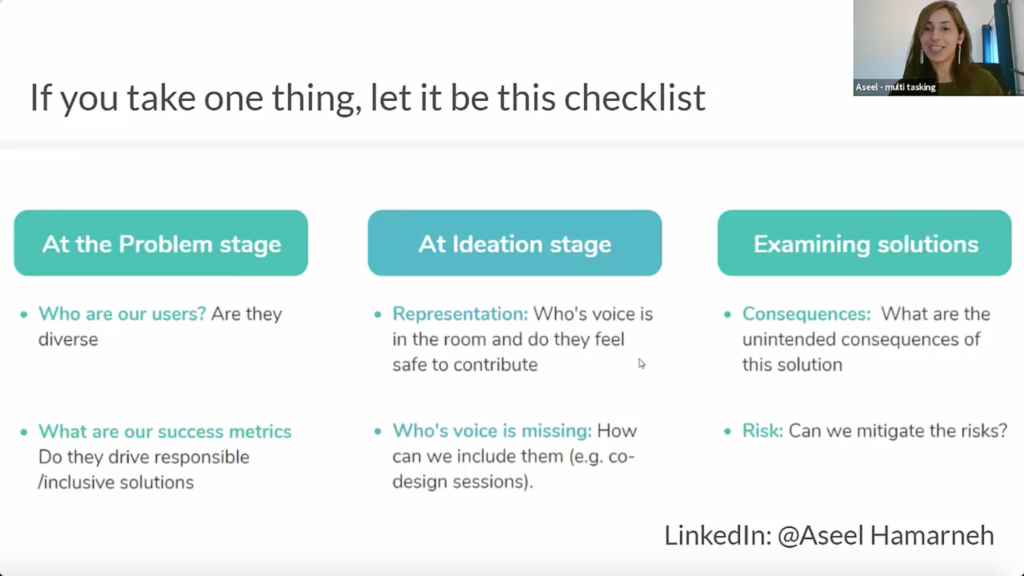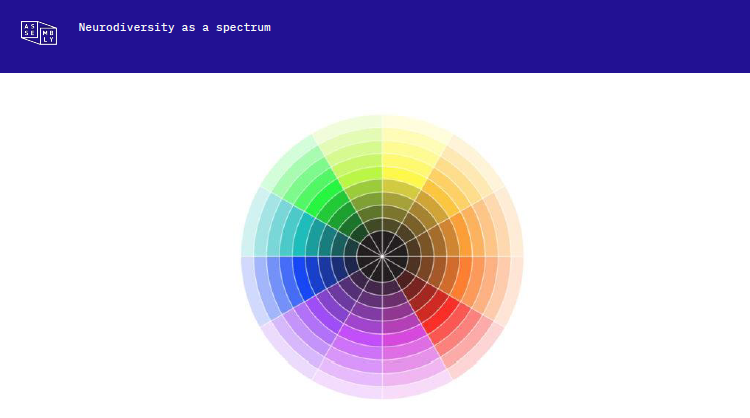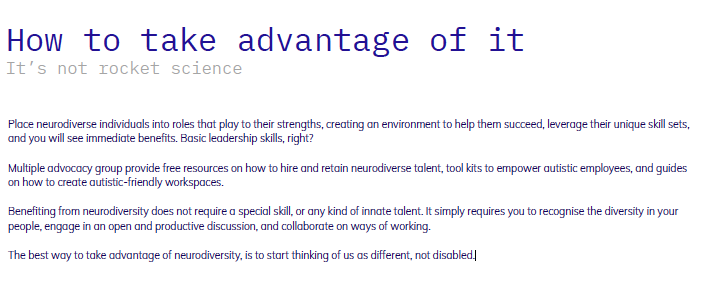For our last event for 2020, Product Anonymous celebrated our 9th birthday. Again. We’ve actually lost track of how old we are. And this may or may not be the third time that we’ve celebrated our 9th birthday. But I digress.
We’ve had another action packed year, with so many great talks from sharing insights and becoming a super-team with marketing, to leading through influence and creating buy-in to help prioritisation with an ethical lens, getting out of product hell and transitioning to a product-led company, which can have different nuances in big corps and startups.
As well as organising all of these fantastic talks, Product Anonymous also helps nurture our own people to turn on their camera and microphones, and face the crowd. And for our final event, we had five of our community do just that, taking the virtual stage to give short 5mins talks.
Talk to the Pencil – Marc Vandamme
As a product manager, you will need to work with a range of people, and bring them all into alignment. But how do you do that? With a comprehensive and detailed requirements document? Marc Vandamme says no! Pick up your pencil, and sketch it out. Whether it’s the interface, wireframes or flow charts, drawings will help to align the thinking faster.
I <3 Amplitude – Fernando Parra
Much of product management involves product discovery: understanding our customers’ problems with qualitative research. However, on the other side of the equation is all the data, and the world of quantitative product intelligence.
Self-confessed data geek, Fernando Parra, gave us a crash course for one such product intelligence tool – Amplitude.
After registering, you can explore the different aspects of this analytics SaaS product, with full access to their sandbox, which comes pre-configured with two sample projects (an eCommerce and B2B examples). From there, you can build your own charts and experiment with different data visualisations from the sample data.
Diversity – Aseel Hamarneh
Why should you (or your company) take diversity seriously? To not discriminate, or for ethical reasons? Or to avoid penalties and lawsuits? Maybe the most compelling reason is that diversity actually makes good business sense too.
Companies with ethnic and racial diversity in management were 35% more likely to have financial returns above their industry mean.
McKinsey 2015
The more diverse your team is, the more perspectives that are brought in when you are designing and building solutions. But where do you start?
- Start with yourself: recognise your own biases, we all have them.
- Then your team: focus on diversity in your hiring. From your job ads to selection, there are plenty of tools to use.
- Then your product: Think about your end users. Accessible solutions usually work better for all users.

Thanksgiving – Erica Wass
So much of what a Product Manager does is around influencing without authority, and giving thanks is one of the many tools to utilise, whether that be for bringing the team together, motivating, celebrating or influencing the culture and driving behaviour changes.
Different people prefer to be recognised in different ways. So talk to your team members, and see what they prefer, and act accordingly.
Regardless if in big, public ways, or more subtle gestures, remember, it’s about the recipient, not about you.
5 Tips for More Impactful Presentations – Pratishtha Nahata
- Minimise Decision Fatigue: Plan your talk. Give yourself the space to think, and focus on the content and structure. Once you know what you want to say, then you can start to colour in the details, and apply some design.
- Plan how info will be distributed across slides: Order and sequence the info for your, because order matters:
- For results, outcomes or recommendations, start with the ending.
- For training, process or to build anticipation, start at the beginning.
- If your audience is not familiar with the topic, you might want to start with an example before jumping into concepts.
- Make it visual: Group or show the relationships between different information, to help reduce the cognitive load for your audience, so they’ll be more likely to understand and retain the information.
- Only keep what’s absolutely necessary: Don’t overcrowd your slides. What does your audience already know, and is info being repeated? What can be verbal? Use visual cues, to help focus attention. Remember, you’re the star of the presentation, not your slides.
- Practice. At least 2-8 times, with and without slide.
- Bonus tip – watch stand-up: watch and learn how comics keep their audience engaged.
Thank you
It’s been such a busy year, with so many people to thank, starting with our speakers, Marc Vandamme, Fernando Parra, Aseel Hamarneh, Erica Wass and Pratishtha Nahata, and everybody else who has shared with us this year.
Our generous host, A Cloud Guru, who have hosted so many of our events this year – they’re on a mission to teach the world to cloud.
Our volunteers, Gwen D’souza, Nosh Darbari, Steve Bauer and the rest of the crew, who help behind the scenes, and ensure our events run smoothly.
And last but not least, our trusty organiser, Jen Leibhart and Liz Blink, who bring our whole community together. Have a safe festive season, and see you in the new year.


